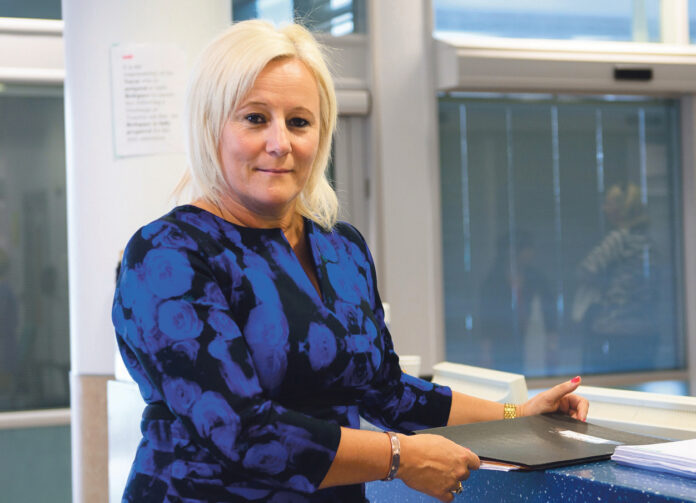
UNIVERSITY Hospital Limerick (UHL) will only gain 48 additional beds when a new 96-bed unit is built on the hospital’s grounds in Dooradoyle.
Construction of the new €90million hospital unit is due to begin in early October and be completed in September 2024.
When asked to clarify if all 96 beds would be additional bed capacity, a spokesman for the UL Hospitals Group replied that only half of the beds will be new stock, and the remaining 48 will replace beds at the hospital’s old nightingale wards.
“This important project is the next step in addressing the acknowledged deficits in inpatient bed capacity in the UL Hospitals Group and the Mid West,” the spokesman added
“Approximately half of the beds will be new beds for inpatients while the remainder will be replacement beds allowing us to close or refurbish some of the more outdated inpatient accommodation on the site. This will allow for greater compliance with national guidelines and international best practice on infection prevention and control”.
UL Hospitals Group chief executive Professor Colette Cowan said that throughout the Covid pandemic, 98 inpatient beds and ten new critical care beds were opened at UHL, which dramatically improved its ability “to isolate patients and protect many of the most vulnerable”.
However, Prof Cowan admitted that “in spite of this progress, inpatient bed capacity at UHL and the Mid West region is not sufficient to meet increasing demand on our services”.
On April 21,a record 126 patients were on trolleys waiting for beds at UHL.
“The national Health Service Capacity Review is clear on the challenge we face as a country in providing additional inpatient accommodation as our population grows and rapidly ages, so it is important that we move ahead with this project now,” said Prof Cowan.
“The appointment of an experienced contractor to develop a 96-bed block at UHL is great news for patients and staff. As well as improving the patient experience, completion of this project will help us to attract and retain staff, reduce the number of outbreaks and their associated costs and reduce the number of bed days lost as well as average length of stay,” she added.









